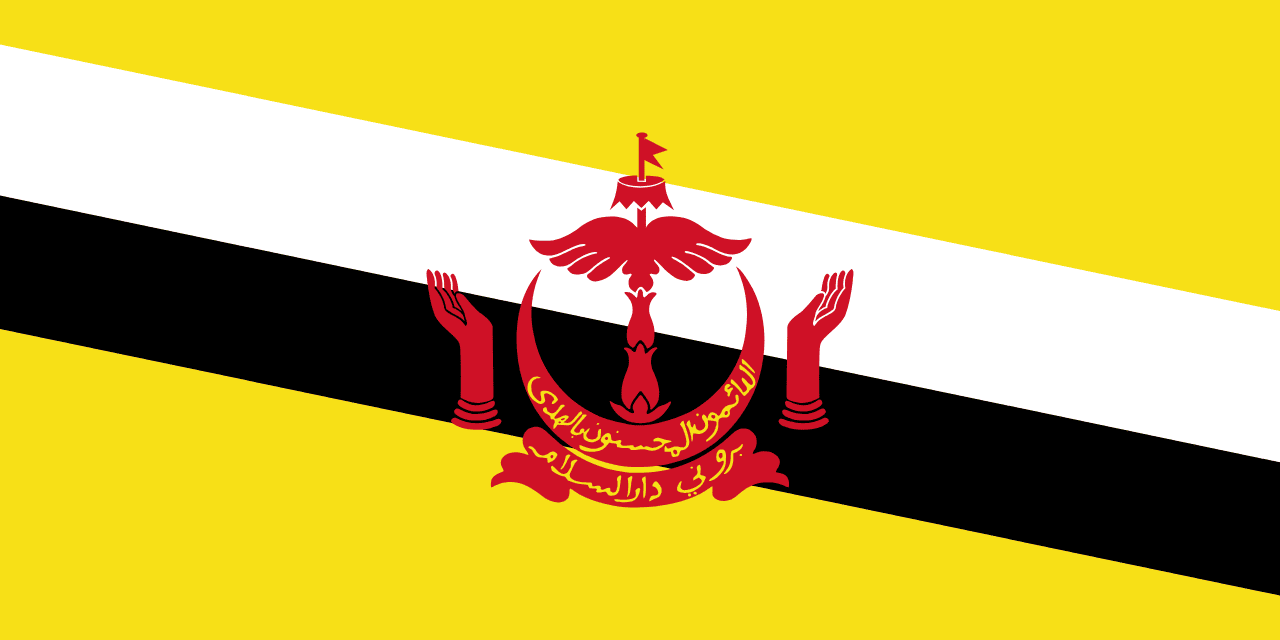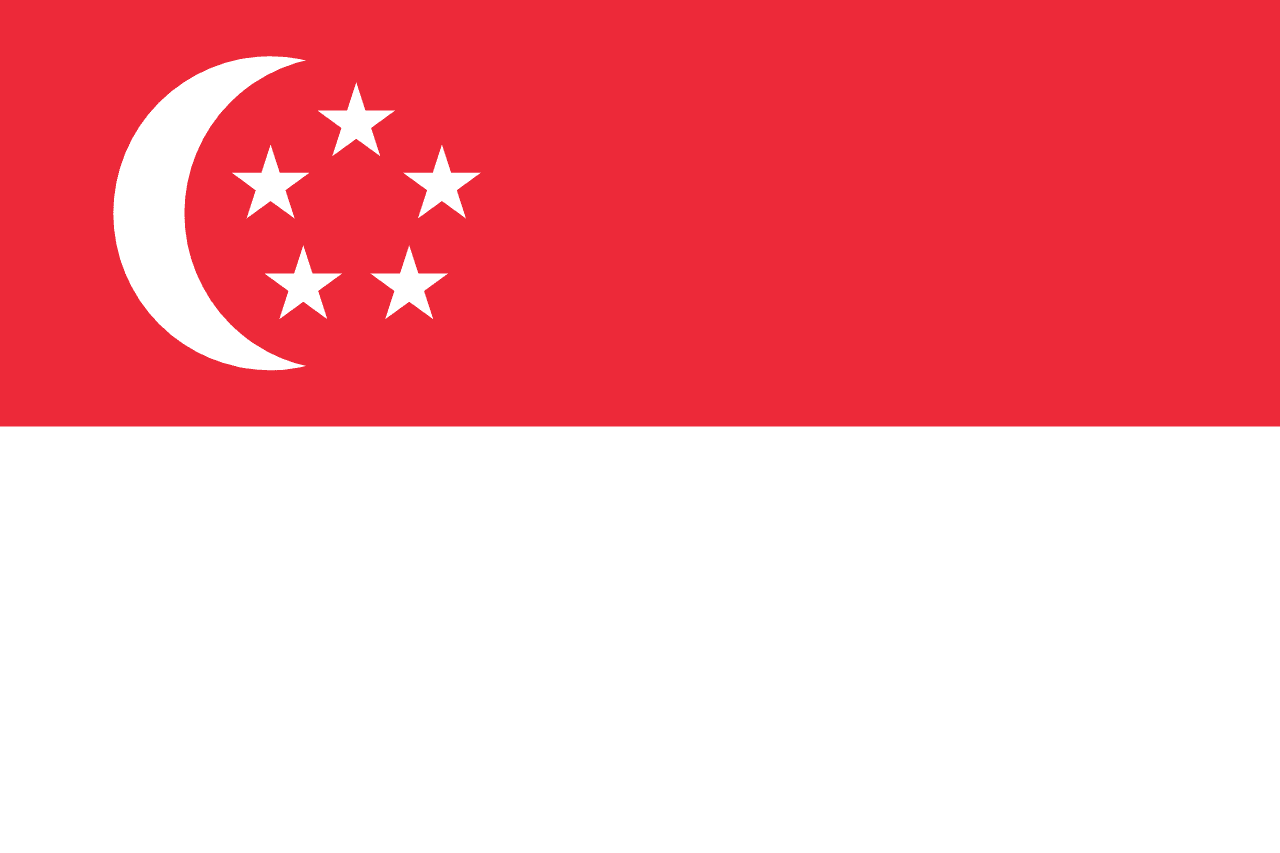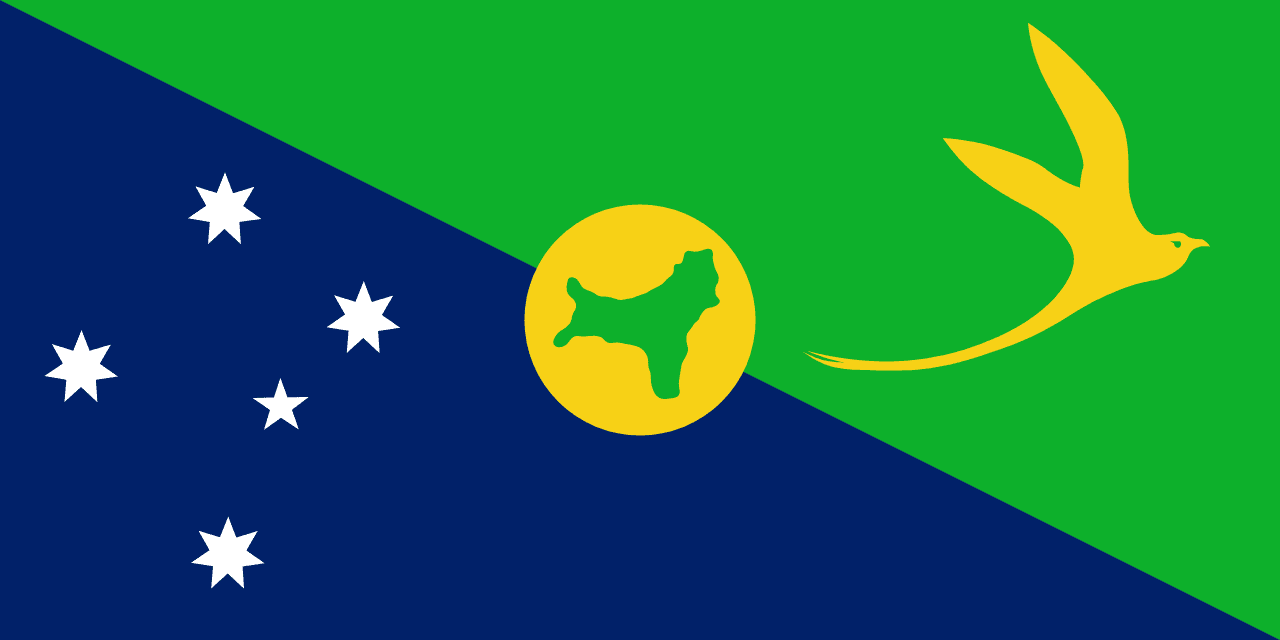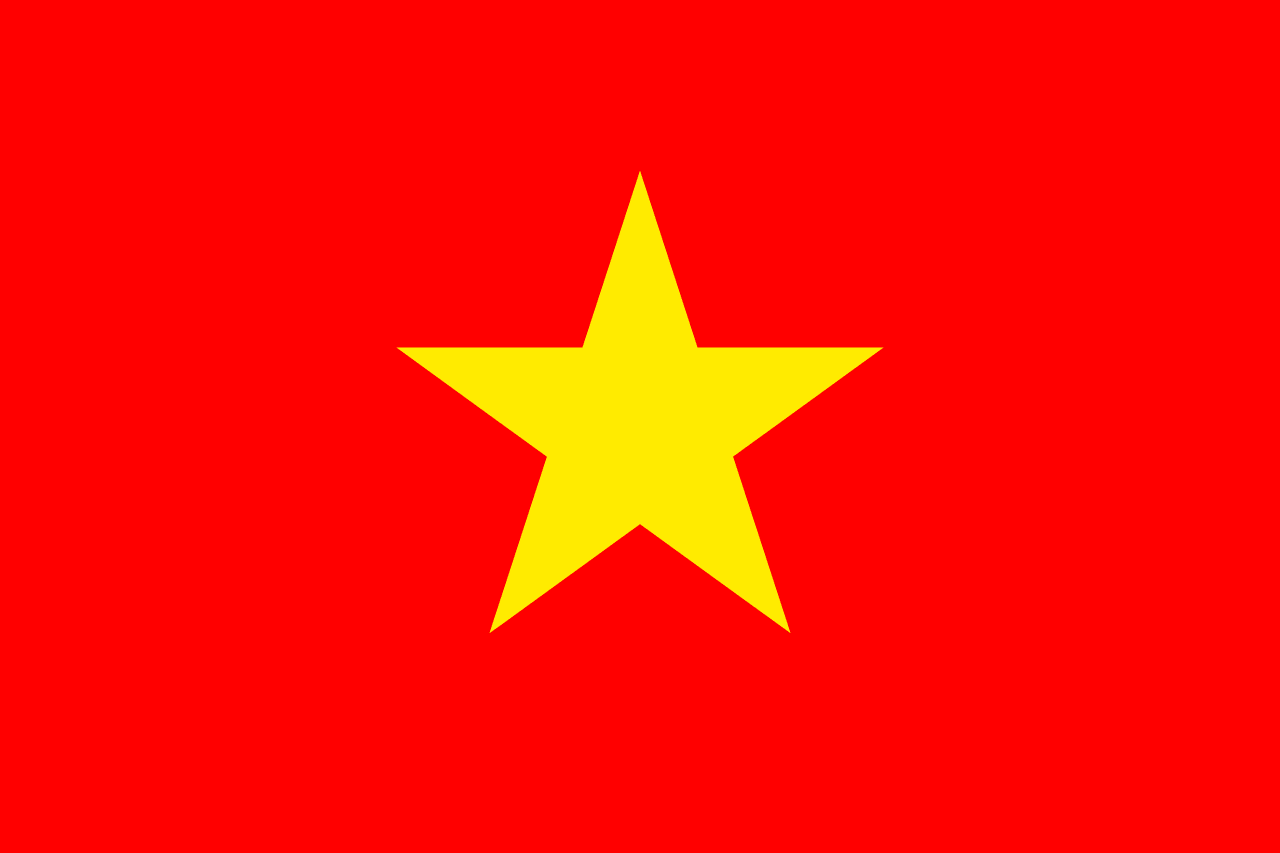Indonesia Flag Meaning
Two horizontal stripes of red over white, known as 'Sang Saka Merah-Putih' (The Sacred Red and White), representing the courage and purity of the Indonesian people and their struggle for independence from colonial rule.
- Continent
- Asia
- Adopted
- 1945
- Ratio
- 2:3
- Colors
- red, white
- Designer
- Unknown (traditional colors)

Symbolism
Red Stripe: Represents courage, bravery, and the blood shed by Indonesian heroes during the struggle for independence, symbolizing the fighting spirit and determination of the Indonesian people to defend their homeland and freedom.
White Stripe: Represents purity, honesty, and the noble spirit of the Indonesian people, symbolizing peace, justice, and the moral foundation upon which the diverse nation of Indonesia is built and united.
History
- 13th-16th Century: Red and white colors appeared in various forms across the Indonesian archipelago, notably in the Majapahit Empire, representing traditional Javanese and Malay cultural symbols long before European colonization.
- 1602-1942: During Dutch colonial rule under the VOC and later the Dutch East Indies government, the red and white colors persisted in local traditions while the Dutch flag flew as the official colonial symbol.
- 1942-1945: During Japanese occupation, Indonesian nationalism grew stronger, and the red and white colors became symbols of resistance and the independence movement led by Sukarno and Mohammad Hatta.
- August 17, 1945: Indonesia declared independence, and the red-white flag was officially hoisted for the first time as the national flag of the Republic of Indonesia, marking the end of over three centuries of Dutch colonial rule.
- 1945-1949: During the Indonesian National Revolution, the flag symbolized the fight against Dutch attempts to reestablish colonial control, with the Indonesian people defending their newly declared independence.
- 1949-Present: The flag has represented the Republic of Indonesia through its development from a newly independent nation to the world's largest archipelagic state and third-largest democracy.
Trivia
- Indonesia's flag is identical to Monaco's flag except for proportions, with Indonesia using a 2:3 ratio while Monaco uses 4:5, leading to occasional confusion in international settings.
- The flag represents the world's largest archipelagic state, consisting of over 17,000 islands stretching across three time zones from the Indian to the Pacific Ocean.
- Indonesia is the world's largest Muslim-majority country, with over 230 million Muslims, yet the flag represents a secular state that recognizes six official religions.
- The flag flies over a country with over 700 languages spoken, making Indonesia one of the most linguistically diverse nations in the world.
- Indonesia is home to the Komodo dragon, the world's largest lizard, found only on a few Indonesian islands including Komodo and Rinca.
- The flag represents the world's fourth most populous country, with over 270 million people spread across thousands of islands from Sumatra to Papua.
- Indonesia produces about 60% of the world's palm oil, making it a crucial player in global agriculture and food production under this flag.
- The flag flies over the Ring of Fire, with Indonesia having more active volcanoes than any other country, including the famous Krakatoa.
- Borobudur, the world's largest Buddhist temple, is located in Java and represents Indonesia's rich religious heritage predating Islam's arrival.
- Indonesia's capital Jakarta is one of the world's fastest-sinking cities, leading to plans to move the capital to East Kalimantan (Borneo).
- The flag represents a country that spans both sides of the equator, making it one of the few nations to exist in both northern and southern hemispheres.
- Indonesia is the world's largest producer of cloves, nutmeg, and other spices that historically made the Spice Islands so valuable to European traders.
- The flag flies over a country with incredible biodiversity, including orangutans found only in Borneo and Sumatra, and over 1,500 species of birds.
- Indonesia's traditional puppet theater (wayang kulit) is recognized by UNESCO as an intangible cultural heritage, representing centuries of storytelling tradition.
- The flag represents a founding member of ASEAN and the largest economy in Southeast Asia, playing a crucial role in regional stability and development.
Related Countries

Brunei
Asia
A yellow field with two diagonal stripes of white and black, featuring the national coat of arms in red in the center, representing the Sultan's sovereignty, the state's prosperity, and the nation's commitment to peace and Islamic values.

Singapore
Asia
A bicolor flag with a red upper half and white lower half. In the upper hoist is a white crescent moon beside five white five-pointed stars arranged in a circle. The flag symbolizes Singapore’s ideals of unity, progress, and multicultural harmony.

Christmas Island
Oceania
Green and blue field with Southern Cross constellation, golden bosun bird, and a circle representing the island.

Malaysia
Asia
Fourteen alternating red and white stripes with a blue canton containing a yellow crescent and 14-pointed star, representing the federation of Malaysian states and territories united under Islam and royal authority.

Philippines
Asia
A horizontal bicolor of blue over red with a white equilateral triangle at the hoist, containing a golden sun and three golden stars. The Philippine flag is unique in that it is inverted in wartime, with the red field displayed on top.

Vietnam
Asia
A red field with a large yellow five-pointed star in the center, representing the blood shed for independence and the unity of workers, peasants, intellectuals, youth, and soldiers under Communist Party leadership in the struggle for national liberation and socialist construction.